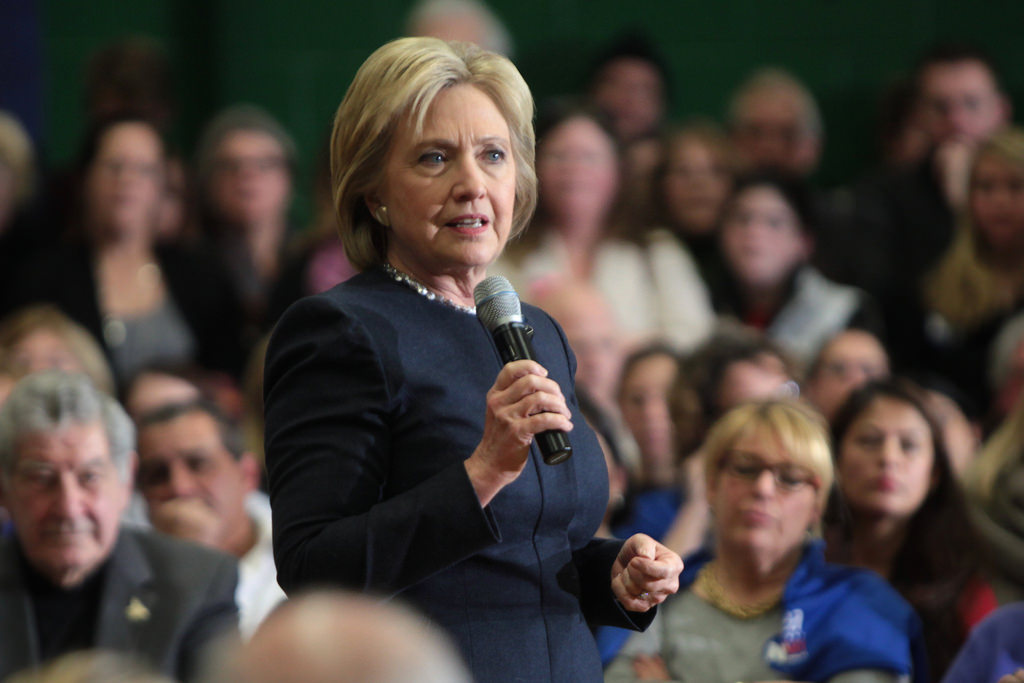Donald Trump’s poll numbers have slumped over the past three weeks. His campaign is perpetually being re-configured. Meanwhile, a new survey of political experts by the site PollyVote forecasts that Hillary Clinton will win 347 electoral votes to Trump’s 191. She is, at least tentatively, planning her work as president.
To be sure, with just under three months to go, it’s too soon to be hanging the proverbial Oval Office drapes. Trump still has somewhere between a 15 to 30 percent chance of winning, according to various poll-based election models, the prediction markets and the forecasters at Good Judgment.
But if Clinton does win comfortably, one of the most important lessons will be: It wasn’t supposed to be that way. […]
In a new article in the Annals, Michael Tesler, Lynn Vavreck and I show that economic and political conditions as of early 2016 slightly favored the Republicans. Not much has changed in the few months since we drafted that piece. Currently, the various statistical forecasting models average out to a narrow Republican lead. At a minimum, the election should be a toss-up. Thus far, it’s not.
Now here’s where it gets interesting. One explanation for why Clinton is favored to win in this environment is simple: Donald J. Trump. By design, statistical models of elections don’t build in the idiosyncratic features of individual candidates. Usually that’s not an issue, because neither has a massive advantage in political talent or campaign resources.
Trump, however, seems to have unique liabilities, worse even then Clinton’s liabilities.
Read more at the Washington Post.
Photo by Gage Skidmore 
